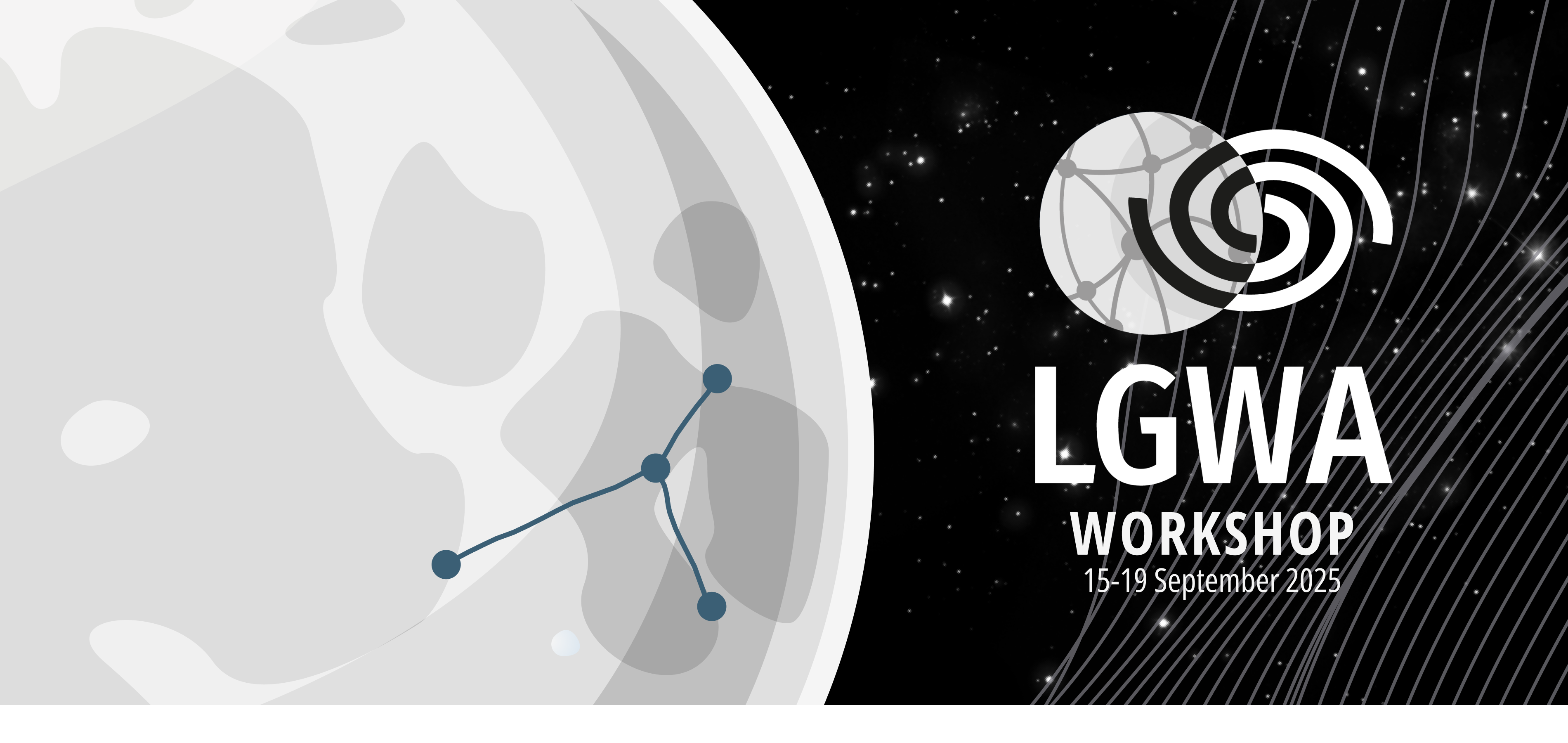Speaker
Description
When a star orbits close enough to a black hole and interacts with its tidal forces, disruption may happen. The stellar debris accretes along the orbital plane to form a disk, which is then accelerated and acquires energy enough to form a jet. A luminous flare of photons in X-ray, optical, infrared and radio is observed, which takes the name of Tidal Disruption Event (TDE).
TDEs are already a relevant transient event for Multimessenger Astronomy, emitting not only in the electromagnetic spectrum but also neutrinos, but a gravitational counterpart is also expected to be observed in the 1mHz-0.1Hz range, which means that they are not observable with the current ground-based interferometric detectors, but will be with the next generation of space-based detectors, e.g. LISA, DECIGO. Another notable proposal for a moon-based detector is the Lunar Gravitational Wave Antenna (LGWA), which will probe the 0.01−1Hz range and will therefore be the missing link between ground-based interferometers, which explore above a few Hz, and future space-based detectors, whose observation bands lie below the dHz band.
Gravitational counterparts of TDEs represent therefore a very important observable for LGWA, and this work will explore the response of the detector. First, a calculation of the Signal-to-Noise Ratio (SNR) will be performed starting from an analytical model of gravitational emission of TDEs, followed by the estimation of the visibility horizon of the detector. The analyses are performed taking into account the great variability of the emission with respect to the characterizing parameters of TDEs, e.g. the mass of the black hole or the mass of the star. However, the analytical model offers only a limited picture of this variability, resulting in an underconstraining of the problem with great degeneracy, meaning that parameter estimation is impossible and does not lead to any results.
Simulating numerically the waveforms with a smoothed-particle hydrodynamics (SPH) code is the proposed solution to this problem, with the objective of maintaining the variability and hidden constraints not present in the analytical model. Again, the SNR is calculated as the first step, and comparison between the two SNRs is made in order to understand the differences between the two approaches. The numerical analysis of this thesis is concluded with the parameter estimation of a study case with a chosen set of parameters.
In the upcoming future, next-generation gravitational wave detectors will give us new insight to the below-Hz frequency range. These detector projects do not include only LGWA, which is why all the analyses performed have been replicated with LISA as well as DECIGO, comparing the detection efficiencies in the chosen parameter ranges. Above all, the predictions concerning the observation of intermediate-mass black holes are the most relevant, given that it is one of the less observationally explored class of compact objects known to date.

